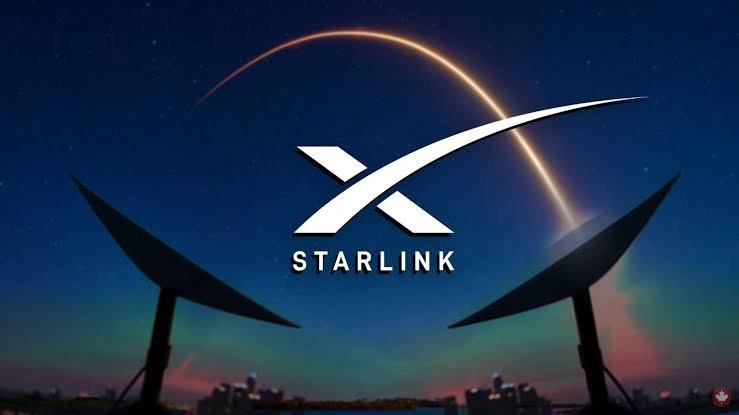New Delhi | Economic Desk Report: Elon Musk’s satellite internet venture Starlink has initiated mandatory security trials in India, marking a major milestone in its long-awaited entry into the country’s telecommunications market. The tests—one of the final and most critical regulatory steps—indicate that Starlink’s commercial rollout in India could happen as early as the first half of 2026, provided all clearances are secured on schedule.
Infrastructure Build-Up Underway
Starlink is in the process of building a robust infrastructure network to support its India operations. The company plans to set up nine to ten gateway earth stations across the country, which will link its low-Earth orbit (LEO) satellites to India’s terrestrial internet backbone.
These stations are expected to be located in major cities such as Mumbai, Noida, Chandigarh, Kolkata, and Lucknow. According to industry officials, three ground stations in Mumbai are already complete, and the city will serve as Starlink’s primary operational hub.
This expansion strategy places Starlink ahead of its rivals—Bharti Airtel-backed Eutelsat OneWeb and Reliance Jio’s Jio Satellite—in terms of infrastructure readiness and rollout pace.
Starlink’s India Strategy: Targeting the Underserved
While competitors like Jio Satellite and OneWeb are focusing on enterprise and government clients, Starlink’s approach is distinctly consumer-driven. The company aims to bring reliable high-speed internet directly to retail users, particularly in rural and remote areas that remain underserved by traditional broadband infrastructure.
Starlink’s leadership views India as a key market for advancing digital inclusion, aligning closely with the government’s Digital India vision. The company believes that enabling affordable, high-speed satellite internet in rural communities could bridge one of the most persistent gaps in India’s digital ecosystem.
Why Security Trials Matter
India’s government has imposed stringent security conditions on all foreign satellite internet providers, following past concerns about unauthorized Starlink devices operating near sensitive border regions.
Hanoi Becomes Stage for First UN Anti-Cybercrime Pact in 20 Years
Under these new compliance norms:
All data generated during security testing must be stored within India (data localization). Gateway earth stations must be operated exclusively by Indian nationals until foreign technical staff receive formal security clearances. These measures aim to safeguard national security interests while ensuring regulatory oversight of global telecom operators operating within India’s jurisdiction.
Regulatory Progress and Next Steps
Starlink has already received provisional spectrum allocation and key government approvals earlier this year, marking a significant step forward after years of regulatory uncertainty.
The company now awaits the Telecom Regulatory Authority of India’s (TRAI) final pricing framework for satellite-based services, which will determine the structure of commercial offerings.
If TRAI releases the guidelines by the end of 2025, Starlink could be ready to launch its broadband services in India in the first half of 2026.
Towards a hopeful connectivity
Starlink’s entry into India has the potential to be a transformational moment for the country’s connectivity landscape, extending high-speed internet access far beyond urban centers. However, the company still faces significant hurdles—regulatory clearances, security compliance, and operational integration among them.
Industry analysts believe that if Starlink successfully navigates these challenges, 2026 could mark the beginning of its India chapter, reinforcing India’s position as a key global hub in the next phase of satellite-powered connectivity.


